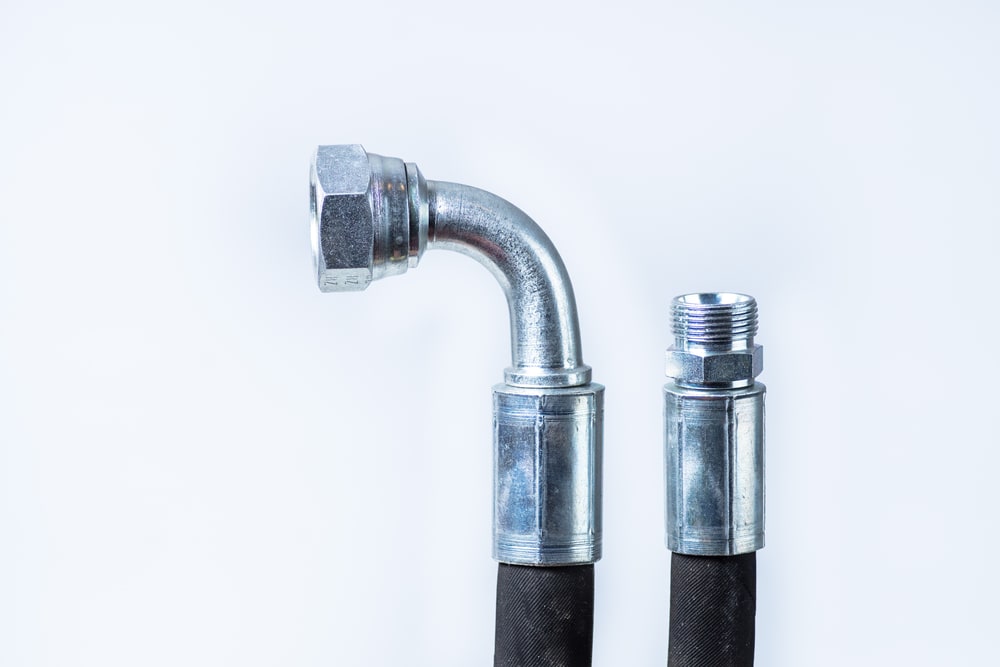

The AC systems found on most vehicles are highly sophisticated. Generally, they operate using high and low pressures. One side of the AC system is low pressure, where the refrigerant starts out as a gas; and the other is a high pressure, where it is converted into liquid form so that it can flow through the system. Both sides of the system work together to keep refrigerant flowing so that the system can function properly. It is the job of the AC high pressure hose to carry the refrigerant from the compressor outlet to the receiver/drier so that it can be cooled and used to produce cold air for the cabin.
As the AC high pressure hose carries high pressure refrigerant, it is subject to high levels of stress when in use. Just like any other component, it can fail and cause problems for the rest of the system. When the AC high pressure hose is beginning to have trouble, it will usually display a few symptoms that can alert the driver that it requires attention.
1. Noticeable physical damage on hose
One of the first symptoms that one can look for when a high pressure hose is beginning to fail is noticeable physical damage. Because the high pressure hose is located in the engine bay (which sometimes can be a tight fit) the hose can sometimes become damaged from rubbing up against moving engine components or from heat radiating off the engine. Any abrasions, loose threads, or signs of tearing anywhere on the hose will indicate that it has sustained damage and needs to be replaced.
2. Leaking around the hose
Because the refrigerant flowing through the hose is under very high pressure, it is not uncommon for the hoses to eventually develop leaks later on in their service life. A hose that has begun to leak, even if it is a minor leak, can quickly empty the system of refrigerant, which will leave the AC system unable to produce cold air. Usually a leak will display visual cues, such as noticeable traces of refrigerant dripping or leaking from the hose, or along the fittings. If you notice any signs of leakage, replace the hose as soon as possible to prevent any damage from possibly occurring to the rest of the system.
3. AC not cooling
Another symptom that the AC high pressure hose has failed is the AC system not being able to produce any cold air. Since the AC high pressure hose carries refrigerant to the accumulator so that it can be liquefied for use in the system, if there is a problem with the hose, the system will be unable to produce cold air for the cabin.
Because the AC high pressure hose plays such a vital role to the proper operation of an AC system, any problems with it can quickly translate to the rest of the system. If you suspect that your AC high pressure hose is failing or is defective, have it diagnosed by a professional technician, such as one from YourMechanic. If necessary, they will be able to replace your AC high pressure hose so that the AC system can continue to operate properly.



